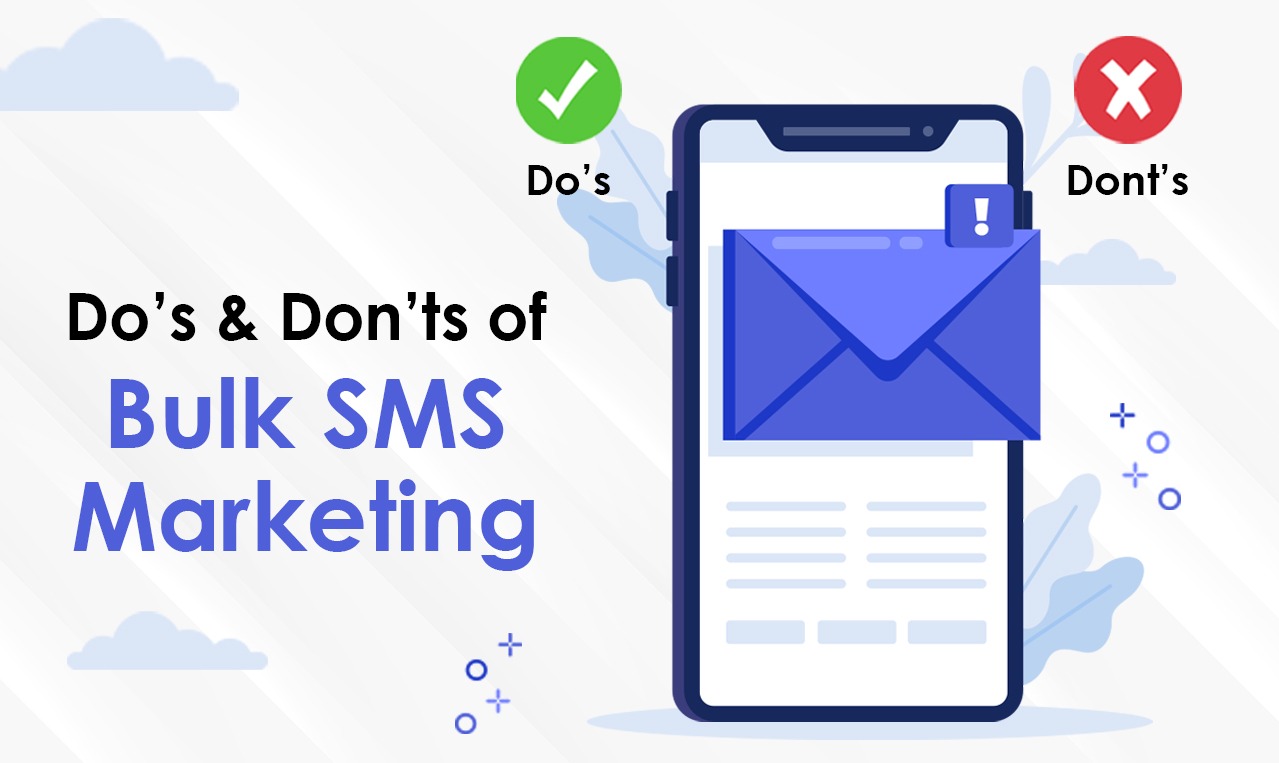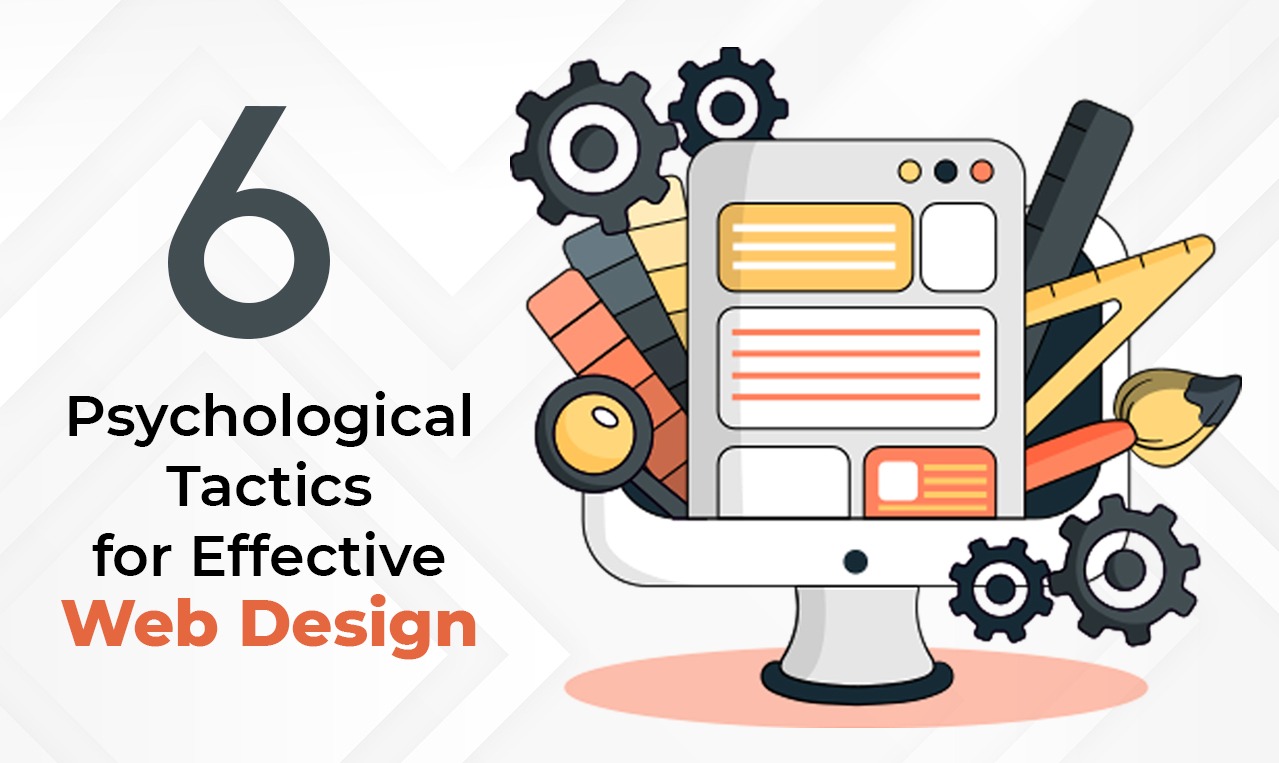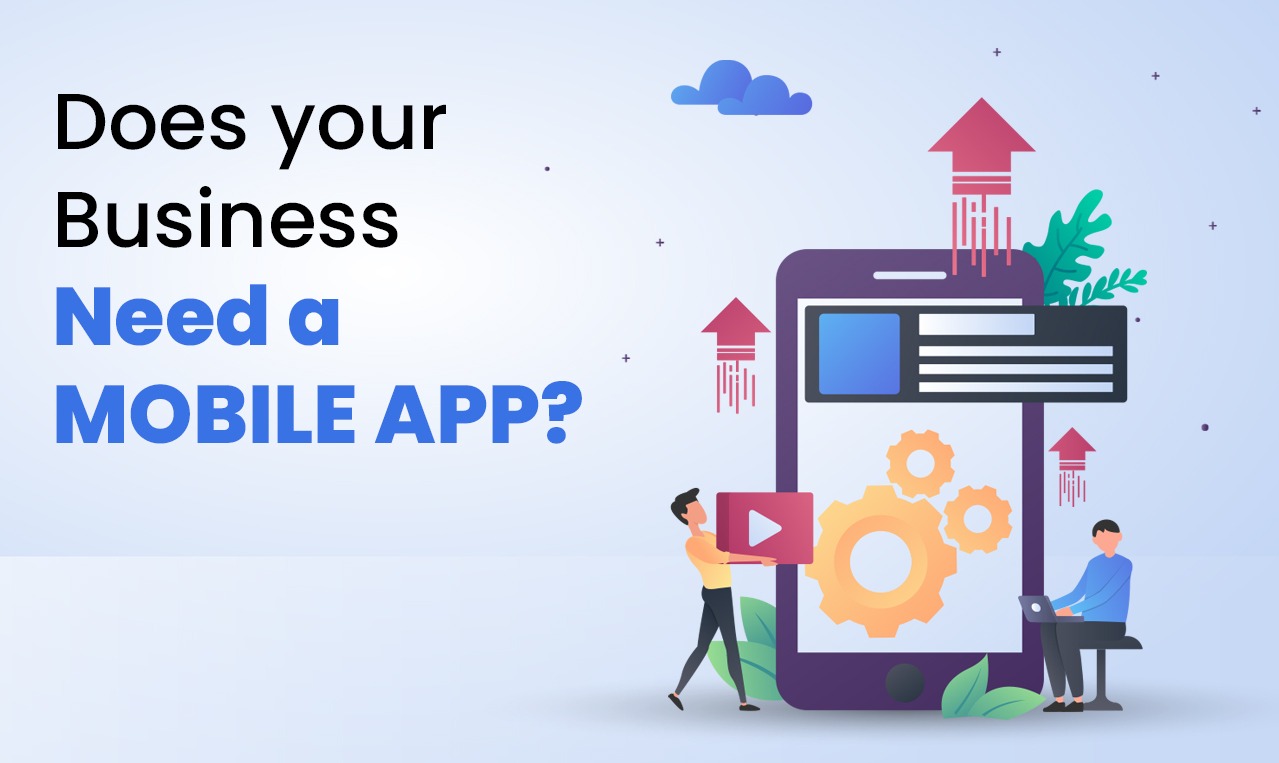As the leading web designing company in Chennai with a track record of creating websites that not only attract but convert, were excited to share with you six proven psychological tactics that we consistently employ in our designs
Welcome to our latest blog on psychology and web design. Have you ever landed on a website and felt instantly compelled to explore more? That's no accident. It's the result of meticulously applied psychological principles designed to boost engagement and conversion rates. The layout of your website is the first handshake with potential customers, setting a foundation for trust and credibility. In a digital world where first impressions are everything, your website must do more than just look good—it should act as a dynamic selling tool, not just a static business card.
As the leading web designing company in Chennai with a track record of creating websites that not only attract but convert, we're excited to share with you six proven psychological tactics that we consistently employ in our designs. These strategies are not just theories; they're the culmination of years of experience and success in enhancing web design for higher conversions. Ready to see how? Let's dive in.
1. Minimize to Maximize!
Both Hick's Law and Occam's Razor advocate for simplicity, suggesting that the fewer the options presented, the greater the likelihood of action. When users are bombarded with choices, they tend to feel overwhelmed, leading to indecision or inaction. By streamlining options, we can enhance user experience and increase the effectiveness of outcomes.
Hick’s Law:
Introduced by British psychologist William Edmund Hick in 1952, Hick's Law posits that the time it takes for a person to make a decision increases with the number and complexity of choices. This principle is vital in web design, where minimizing options can lead to quicker decision-making and a smoother user journey.
Occam's Razor:
Occam's Razor, attributed to the 14th-century logician and Franciscan friar William of Ockham, is a problem-solving principle that suggests "Entities should not be multiplied without necessity." In the context of web design, this translates to keeping designs as simple as possible. The simpler the design, the easier it is for users to navigate and find what they need.
Applicable in:
Navigation Menus: Keep menus concise; limit the number of items to reduce cognitive load.
Design Elements: Use design elements sparingly. Each element should serve a purpose, contributing to the overall usability and goal of the website rather than detracting from it.
Forms: Simplify forms by only requesting essential information.
By adhering to the principles of Hick's Law and Occam's Razor, we can create more intuitive, user-friendly websites that encourage action and reduce decision fatigue. Let’s move on to the next point.
2. Easy navigation
Fitts’s Law:
This principle, introduced by Paul Fitts in 1954, focuses on the relationship between the size and distance of interactive elements and user interaction. Fitts's Law suggests that the larger and closer an object is, the easier and faster it is for users to click on it. This insight is particularly valuable in web design for creating user-friendly interfaces. For instance, making primary buttons large and conveniently placed can expedite navigation, reducing user effort and time spent searching for clickable elements.
Pagination:
Pagination refers to the process of dividing content across multiple pages to improve navigation and readability. Instead of overwhelming users with an endless scroll of content, pagination allows for a more organized presentation, enabling users to find information more efficiently. This approach not only makes content more digestible but also reduces cognitive load, as users are not bombarded with too much information at once.
Applicable in:
Clickable Areas: Apply Fitts’s Law by designing larger, easily accessible buttons and interactive elements, especially for critical actions like “Submit,” “Contact Us,” or “Add to Cart.” Ensure these elements are placed in predictable areas of the page layout, such as the top right corner for a shopping cart or the center bottom for a call-to-action button.
3. Visual Harmony
A website's visual effects can captivate the mind, fostering an intuitive and engaging user experience. It's the strategic blend of design elements—shapes, colors, and principles—that orchestrates this captivating effect, guiding perceptions and interactions with seamless finesse.
Gestalt Design Laws:
These principles, rooted in psychology, explain how humans tend to organize visual elements into groups or unified wholes when certain principles are applied. These laws—such as similarity, proximity, continuity, and closure—help designers create cohesive, balanced, and easily navigable websites. By applying these principles, designers can influence how users perceive content, leading to a more intuitive interaction with the website.
Color and Shapes:
The psychological impact of color and shapes is profound in web design. Colors not only convey brand identity but also affect mood and user behavior. Warm colors can energize and attract attention, while cool colors tend to be calming and promote trust. Similarly, shapes can communicate different messages: circles suggest community and unity, squares and rectangles evoke stability, and triangles can imply movement or direction. By carefully choosing colors and shapes, designers can guide user attention to important elements and influence the emotional tone of the website.
Applicable in:
Highlighting Key Elements: Use color contrasts to draw attention to primary calls-to-action, like “Buy Now” or “Subscribe.” A button in a contrasting color to the page background stands out and invites clicks.
Organizing Content: Apply the Gestalt principles to organize content on your website. Group related items together using proximity or use lines (continuity) to guide the user’s eye through the content in a logical flow.
Emotional Impact: Choose a color scheme that aligns with the emotional impact you wish to achieve. For instance, use blue tones for a professional, calming website or vibrant oranges and yellows for a more energetic, fun page.
Usability: Incorporate shapes thoughtfully to create familiarity or highlight functionality. Rounded corners on buttons and form fields are perceived as friendlier and can increase user engagement.
4. Design that stands out
The Von Restorff Effect (Isolation Effect):
Have you ever noticed something stand out and remembered it later? That’s the Von Restorff Effect. It shows us that when an element on your website stands out—be it with color, size, or placement—it’s more likely to be remembered by users. This can be a powerful tool to highlight products, services, or calls to action, making them more memorable.
The Zeigarnik Effect:
This principle suggests that people remember uncompleted or interrupted tasks better than completed tasks. By cleverly applying this, websites can keep users engaged by using progress bars for tasks, incomplete stories, or teasers that invite users to return and finish what they started.
Applicable in:
Contrasting Colors: Highlight key actions with contrasting colors. A bright button on a neutral background draws attention.
Unique Icons: Use distinct icons for important features. They're memorable and guide users intuitively.
Bold Typography: Make important text stand out with bold or large fonts. It captures attention and aids recall.
Progress Bars: Show progress for tasks with visual bars. It taps into the desire to complete and reduces drop-offs.
Interactive Teasers: Engage with content that requires completion, like quizzes. It keeps users coming back.
Subtle Animations: Direct attention with gentle animations for crucial actions, making the path forward clear.
5. Perfect Positioning
The Serial Position Effect:
This concept explains why we tend to remember the first and last items in a series best. On a website, placing key information or calls to action at the beginning and end of pages, lists, or articles can make them more impactful and memorable to your audience.
Spacing:
Proper use of white space can significantly improve user comprehension and focus. It’s not just empty space; it’s a powerful design element that helps to break up content into digestible pieces, making your site look cleaner and helping users to process information more effectively.
Applicable in:
Placement: Position crucial information or CTAs prominently at the start and end of pages, lists, or articles to leverage the Serial Position Effect. This ensures they are more likely to be noticed and remembered.
White Space: Employ white space around text and between design elements. This not only improves readability but also creates a visually appealing layout that guides the user’s eye through the content smoothly.
6. Convey through design
Emotional Design:
Every element on your website evokes an emotional response. Thoughtful design considers these emotional impacts, aiming to elicit specific feelings (such as trust, happiness, or excitement) that align with your brand message. This emotional connection can significantly enhance user engagement and loyalty.
Curves and Waves:
Soft, rounded shapes and flowing lines can make your website feel more inviting and trustworthy. They’re often perceived as friendlier and more approachable than sharp, angular designs.
Applicable in:
Design Color: Select colors and design elements that mirror the feelings you aim to evoke in your audience. For instance, blue can inspire trust, while yellow might bring about a sense of optimism.
Shapes: Utilize curves and waves in your design elements, such as buttons, icons, or frames, to create a friendly and welcoming atmosphere on your site.

24 Apr 2024
In the age of digital communication, Short Message Service SMS has evolved from a simple method of sending quick messages to a powerful marketing tool......

05 Apr 2024
As the leading web designing company in Chennai with a track record of creating websites that not only attract but convert, were excited to share with you six proven psychological tactics that we cons.....

15 Mar 2024
A successful mobile app is a long-term commitment. Be prepared to invest time and resources in updates, bug fixes, and new features to keep your app relevant and engaging for your users......